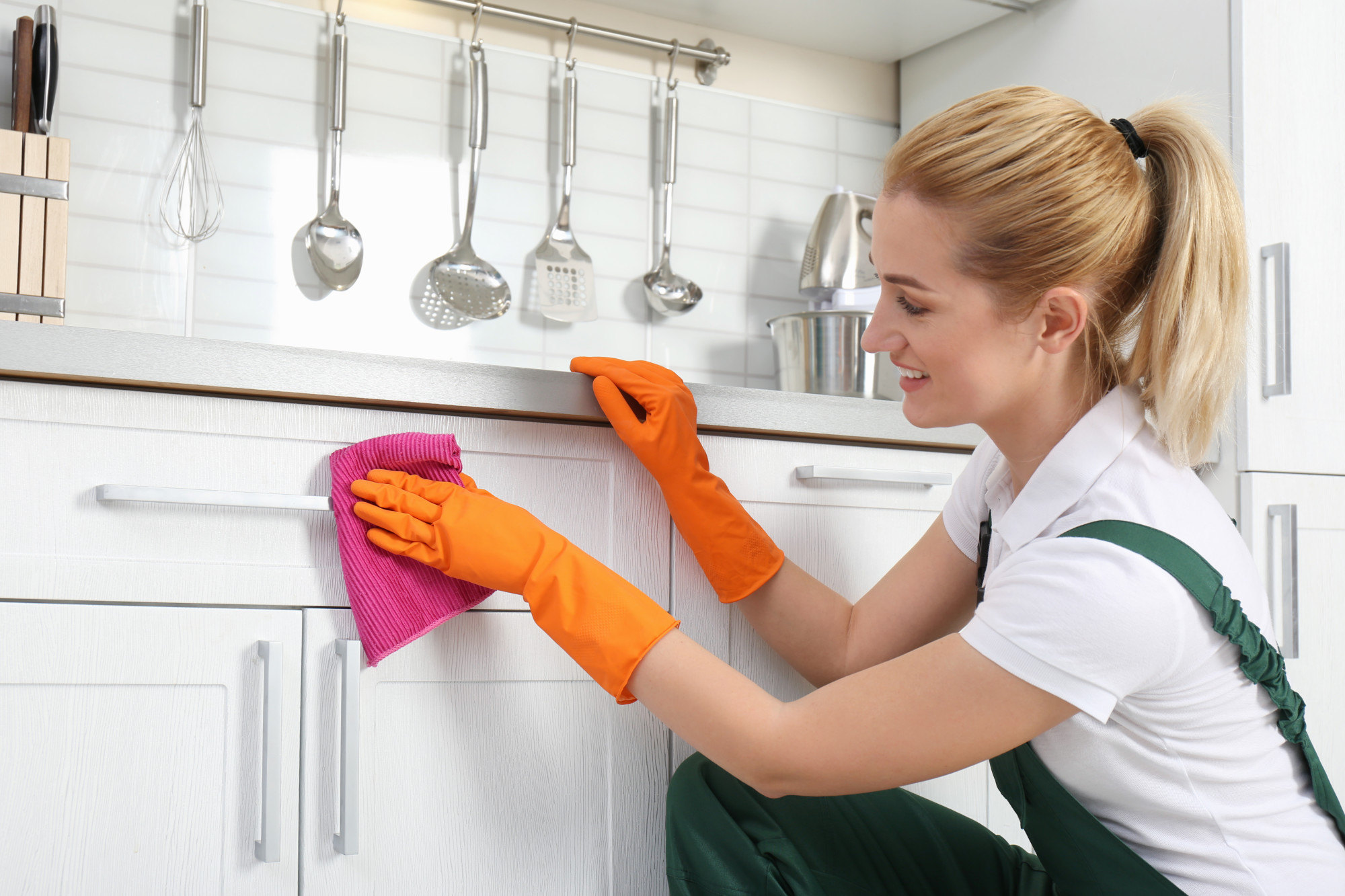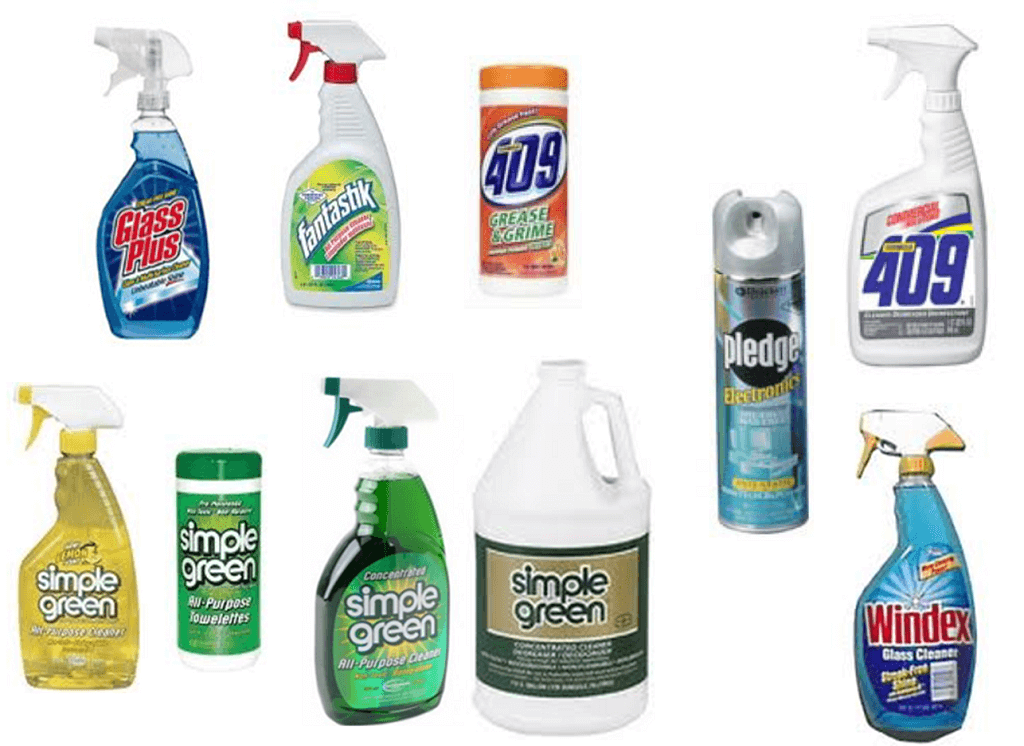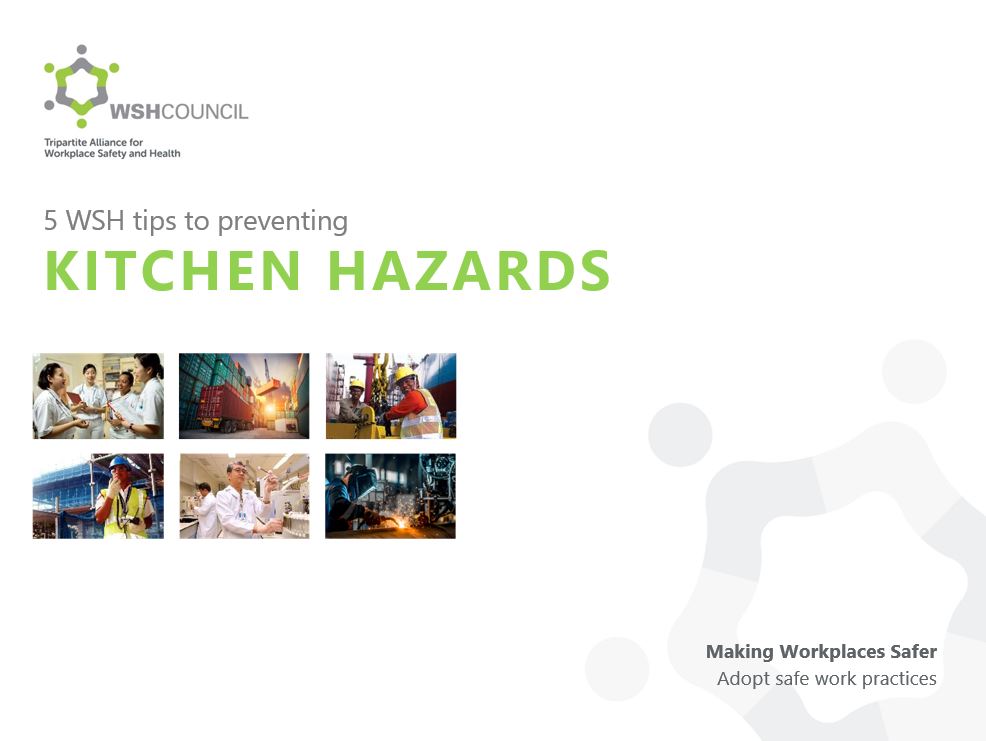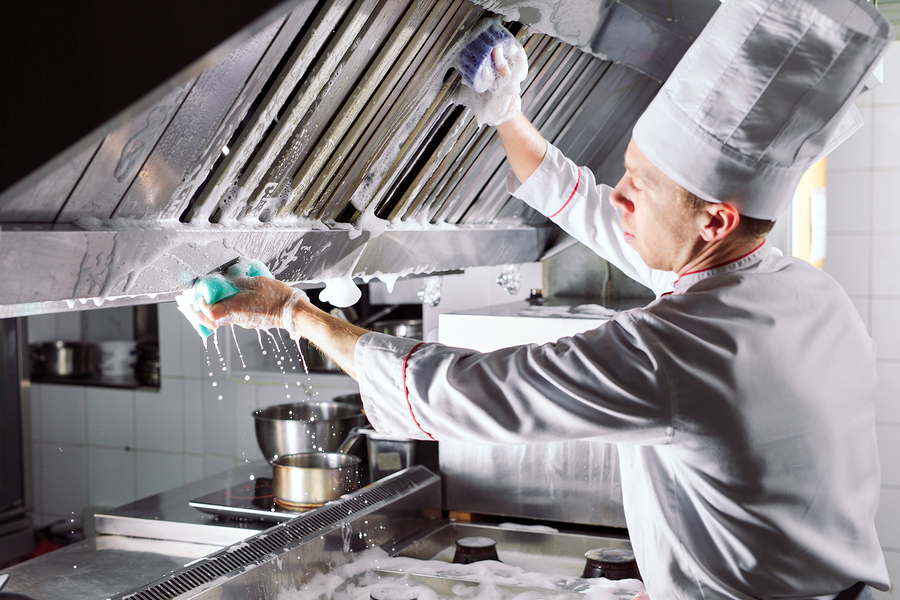How to Clean a Sticky Kitchen Table
Having a sticky kitchen table can be frustrating and unhygienic. Whether it's caused by spilled food, drinks, or residue from cleaning products, a sticky table can be a hassle to deal with. However, with the right methods and products, you can easily clean and maintain a non-sticky kitchen table. Here are some tips to help you get started.
Removing Sticky Residue from a Kitchen Table
The first step in cleaning a sticky kitchen table is to remove any residue or debris that may be causing the stickiness. Start by using a damp cloth or sponge to wipe away any visible residue. For tougher residue, you can use a mixture of warm water and mild dish soap. Gently scrub the affected area and then rinse with clean water.
DIY Solution for a Sticky Kitchen Table
If you prefer a more natural approach, there are several DIY solutions that can effectively clean a sticky kitchen table. One popular method is to mix equal parts vinegar and water in a spray bottle. Spray the solution onto the sticky areas and let it sit for a few minutes before wiping it off with a clean cloth. The acidity of the vinegar helps break down the stickiness without damaging your table.
Best Products for Cleaning a Sticky Kitchen Table
If you're looking for a quick and easy solution, there are many cleaning products specifically designed for sticky surfaces. Look for a multi-surface cleaner that is safe to use on wood, as well as a degreaser to tackle any stubborn residue. Be sure to follow the instructions on the product carefully and test it on a small, inconspicuous area first.
Tips for Preventing a Sticky Kitchen Table
Prevention is key when it comes to keeping your kitchen table from becoming sticky. Always use coasters or placemats when eating or drinking on the table to avoid spills. Wipe up any spills or messes immediately to prevent them from drying and becoming sticky. Additionally, avoid using harsh chemicals or abrasive cleaners on your table, as they can strip the finish and make the surface more susceptible to stickiness.
Natural Remedies for a Sticky Kitchen Table
Aside from vinegar, there are other natural remedies that can effectively clean a sticky kitchen table. Lemon juice, for example, has natural cleaning properties and can help cut through sticky residue. You can also try using baking soda mixed with water to create a paste, which can be applied to the sticky areas and gently wiped off after a few minutes.
Professional Cleaning Services for a Sticky Kitchen Table
If your kitchen table is heavily stained or sticky and you're not confident in your cleaning abilities, it may be best to seek professional help. There are cleaning companies that specialize in wood furniture and can safely and effectively clean your table for you. This option may be more expensive, but it can save you time and effort in the long run.
Common Causes of a Sticky Kitchen Table
Understanding the common causes of a sticky kitchen table can help you prevent it from happening in the future. One of the main causes is improper cleaning, such as using too much product or not properly rinsing off cleaning solutions. Another common cause is using the wrong type of cleaning product for your specific table finish. Be sure to read the label and follow the instructions carefully.
How to Maintain a Non-Sticky Kitchen Table
Once you have successfully cleaned your sticky kitchen table, it's important to maintain it to prevent the stickiness from returning. Regularly wipe down your table with a damp cloth to remove any spills or debris. Use a wood polish or protectant to help keep the surface smooth and shiny. And remember to always clean up spills and messes immediately to prevent them from becoming sticky.
Dealing with a Sticky Kitchen Table: Dos and Don'ts
To summarize, here are some dos and don'ts when it comes to dealing with a sticky kitchen table:
The Sticky Situation: Why Your Kitchen Table is Causing More Problems Than You Think

When it comes to designing your dream home, the kitchen is often the heart of the house. It's where meals are prepared, memories are made, and family and friends gather to share stories and laughter. But what happens when your kitchen table becomes more of a hindrance than a haven? If you find yourself constantly wiping down your sticky kitchen table or avoiding using it altogether, it's time to address the issue and find a solution.
The Culprit: Understanding the Sticky Surface

There could be a multitude of reasons why your kitchen table is sticky . Perhaps it's due to spilled food or drinks, or maybe it's the result of using harsh cleaning products. But no matter the cause, the sticky surface is not only unappealing, but it can also be a breeding ground for bacteria and germs. Not to mention, it can ruin the overall aesthetic of your kitchen.
The Impact: Why a Sticky Kitchen Table is More Than Just an Eyesore

Aside from being unhygienic and unsightly, a sticky kitchen table can also have a negative impact on your daily life. For one, it can be a major inconvenience when trying to prepare and eat meals. Having to constantly clean or avoid using the table can disrupt your routine and cause unnecessary stress. Additionally, if you have young children or pets, a sticky surface can be a safety hazard as they can easily slip and fall while trying to sit or play on the table.
The Solution: How to Say Goodbye to Sticky Surfaces

Now that you understand the consequences of a sticky kitchen table , it's time to take action and find a solution. The first step is to identify the root cause of the stickiness. If it's due to spills, make sure to clean them up immediately and use gentle cleaning products. If harsh chemicals have been used in the past, it may be time to switch to more natural and non-toxic alternatives. If all else fails, it may be time to consider investing in a new kitchen table that is easier to clean and maintain.
In the end, a sticky kitchen table is not just a minor inconvenience, but it can also have a significant impact on the overall functionality and aesthetics of your kitchen. By understanding the cause and taking the necessary steps to address it, you can say goodbye to sticky surfaces and hello to a clean and inviting kitchen table.




























































































